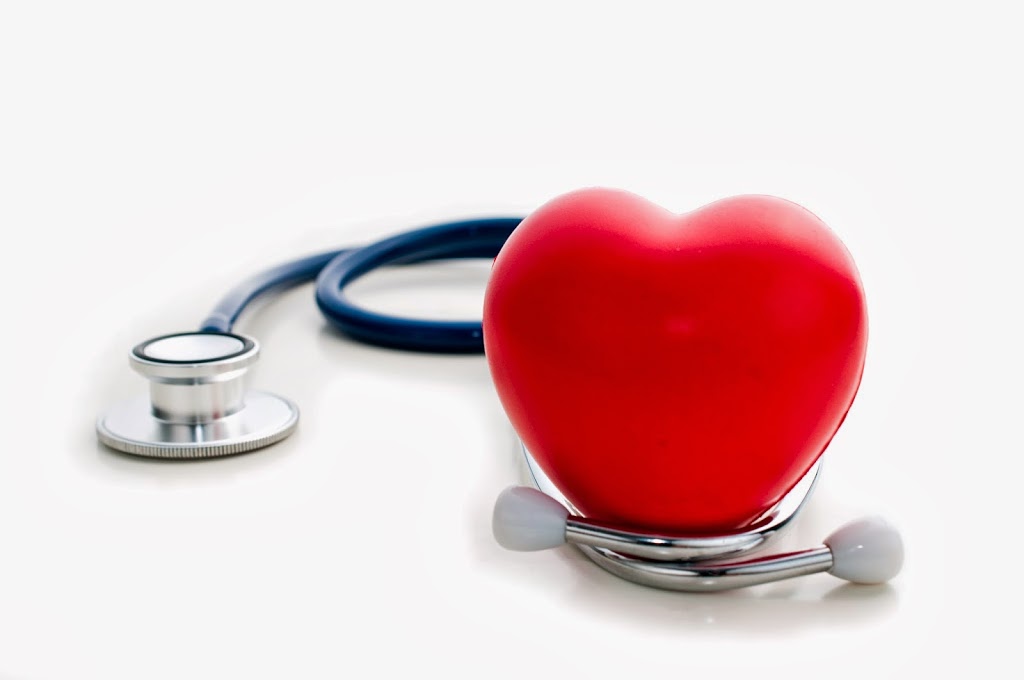Good question! High blood cholesterol is a serious condition that increases your risk for dangerous cardiovascular problems like heart disease. The higher your cholesterol, the greater your chance of developing health issues. If you have high cholesterol, it’s something you need to stay on top of through regular checkups with your family doctor, who can use a quick, simple blood test to determine your cholesterol levels. Managing high cholesterol is imperative, and now is the time to start making healthy changes that can reduce your cholesterol.
First things first: Cholesterol 101
Cholesterol is a waxy, fat-like substance found in the walls of cells in all parts of the body, from the nervous system to the liver to the heart. The body makes all the cholesterol it needs, using it to make hormones, bile acids, vitamin D, and more. Cholesterol circulates in the bloodstream but cannot travel by itself. As with oil and water, cholesterol (which is fatty) and blood (which is watery) do not mix. So cholesterol travels in packages called lipoproteins, which have fat (lipid) inside and protein outside.
There are two main kinds of lipoproteins that carry cholesterol in the blood:
- Low density lipoprotein, or LDL, which is known as the “bad” cholesterol because it carries cholesterol to tissues, including the arteries. Most of the cholesterol in the blood is the LDL form. The higher the level of LDL cholesterol in the blood, the greater your risk for heart disease.
- High density lipoprotein, or HDL, which is referred to as the “good” cholesterol because it takes cholesterol from tissues to the liver, which removes it from the body. A low level of HDL cholesterol increases your risk for heart disease.
How to manage high cholesterol
Adopting a healthy lifestyle can help you better manage your cholesterol. The following tips can help you reduce and/or manage high cholesterol and better protect your health.
Eat your way to lower cholesterol. Diet can play an important role in lowering your cholesterol. These foods and beverages can lower cholesterol and protect your heart:
- Oatmeal, oat bran and high-fiber foods – These contain soluble fiber, which reduces your LDL, the “bad” cholesterol. Soluble fiber can also be found in kidney beans, apples, pears, barley and prunes.
- Walnuts, almonds and other nuts – These can reduce blood cholesterol. Eating about a handful (1.5 ounces, or 42.5 grams) a day of nuts such as almonds, hazelnuts, peanuts, pecans, pine nuts, pistachios and walnuts, may reduce your risk of heart disease.
- Olive oil – This heart-healthy oil contains a potent mix of antioxidants that can lower your “bad” cholesterol but leave your “good” cholesterol untouched. Try using about 2 tablespoons of olive oil (extra-virgin is best) per day in place of other fats in your diet.
- Tomatoes – Research indicates that consuming 25 milligrams of lycopene (the antioxidant that gives tomatoes their red coloring) each day can reduce LDL by about 10 percent. Try drinking low-sodium tomato juice or top pasta and/or veggies with tomato sauce. Cooking or eating tomatoes with a little oil (such as olive oil) helps your body absorb more lycopene.
- Cocoa – Listen up, chocoholics! A meta-analysis in the American Journal of Clinical Nutrition found that cocoa consumption lowered LDL cholesterol by more than 5 mg/dL in people at risk of heart disease. But remember, many chocolate products also contain plenty of sugar and saturated fat in addition to cocoa’s heart-healthy antioxidants, so choose your chocolate wisely. Nibble on a small piece or two of dark chocolate that contains at least 60 percent cocoa—it has more antioxidants than milk chocolate. Or make a glass of chocolate milk or hot cocoa using 2 tablespoons of natural cocoa powder.
Get physically fit. Regular physical activity can help lower your LDL. It also can help raise HDL and lower triglycerides, improve the fitness of your heart and lungs, and lower blood pressure, according to the U.S. Department of Health and Human Services. If you’re new to exercising, start out slow and gradually work your way up. Try taking a 15-minute walk during your lunch hour and eventually work your way up to 30 minutes a day. Try doing this at least three times a week. (Remember, it’s a good idea to talk to your doctor before starting any type of exercise regimen.)
Quit smoking. Smokers who kick the habit may improve their levels of “good” HDL cholesterol within one year, according to a study conducted by Adam D. Gepner, MD, of the University of Wisconsin in Madison. The study showed that HDL levels shot up once participants in the study quit smoking. If you need help kicking the habit, ask your human resources department if there’s a smoking cessation program available to you through work, or call your doctor to ask what tobacco cessation resources are appropriate for you.
Stick to your doctor’s plan. If your doctor has recommended that you take prescription drugs to help lower your cholesterol, be sure to take them as prescribed.
Curious about how an advocate can help you? Email me at nhess@healthadvocate.com, and I’ll do my best to answer your questions in an upcoming column!



